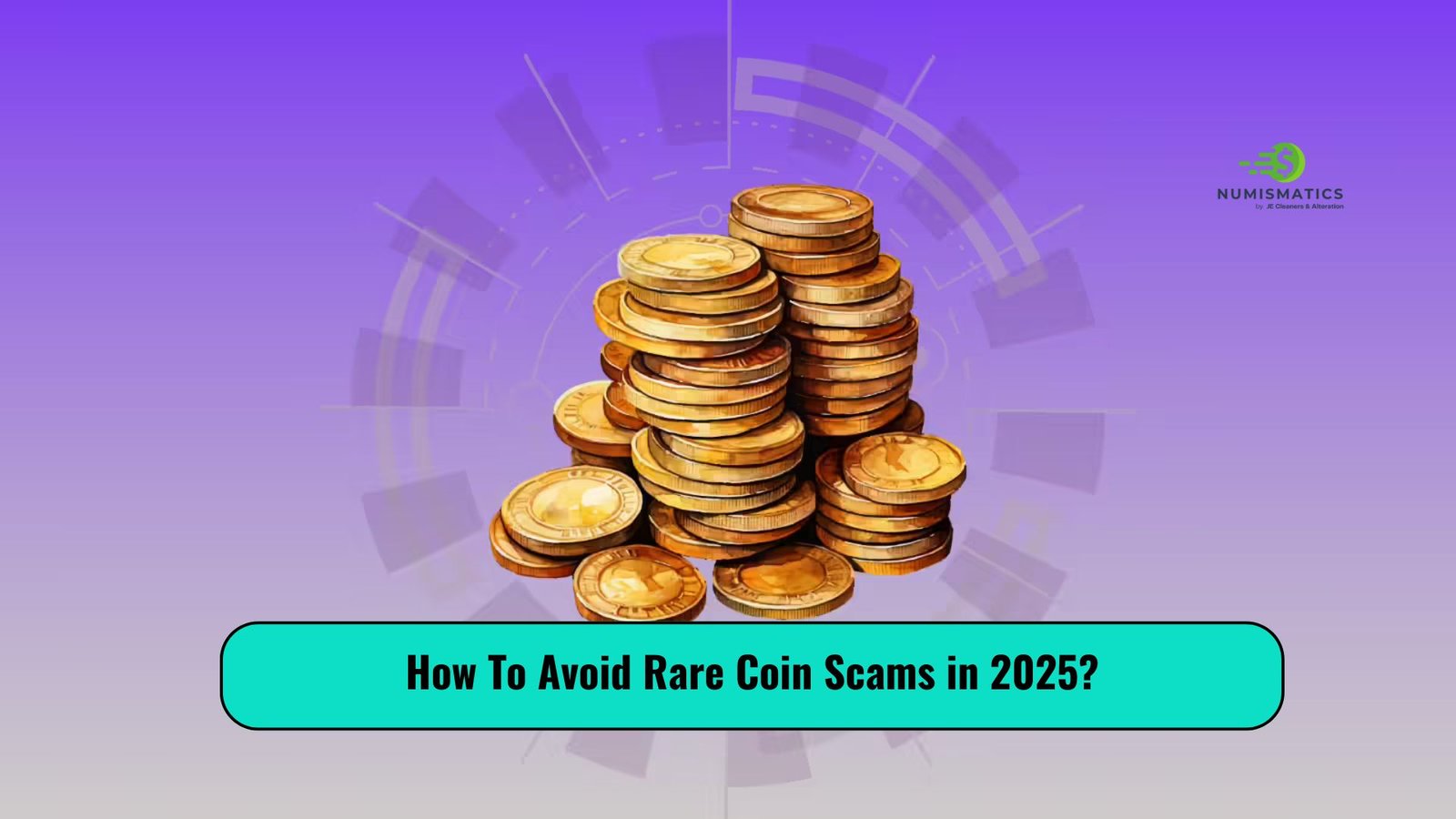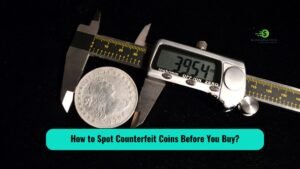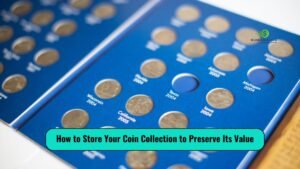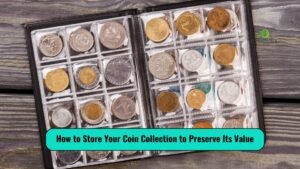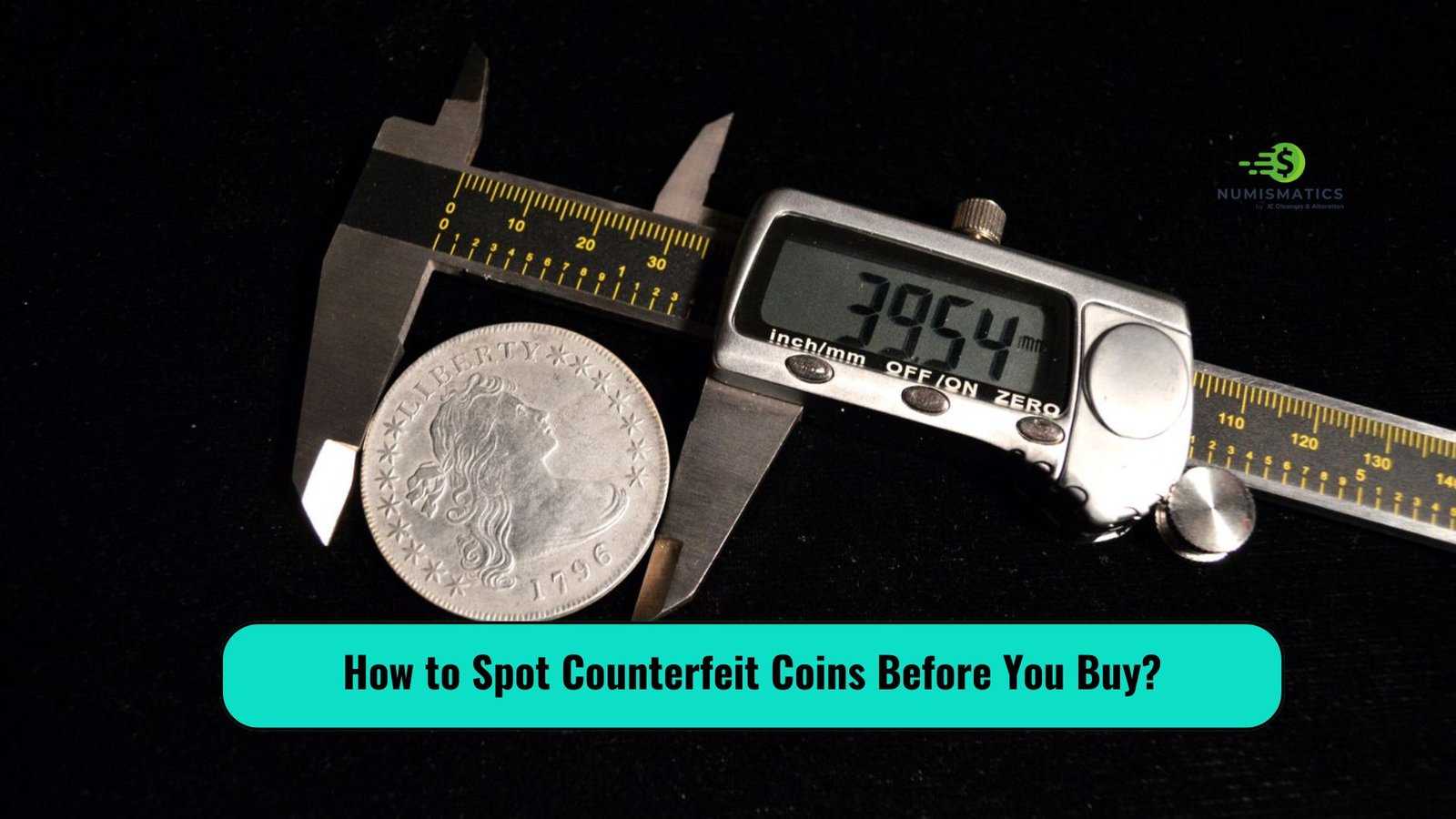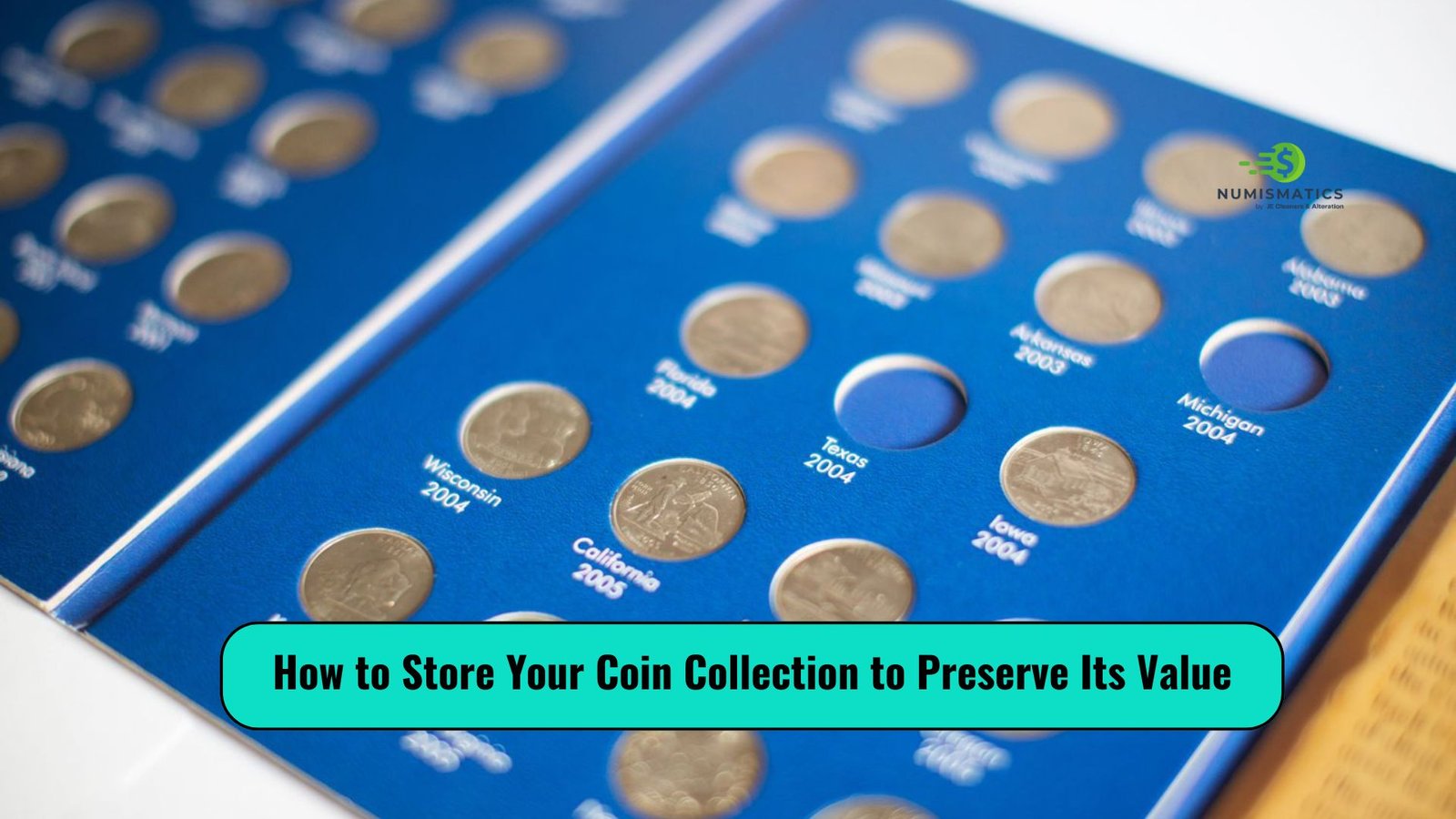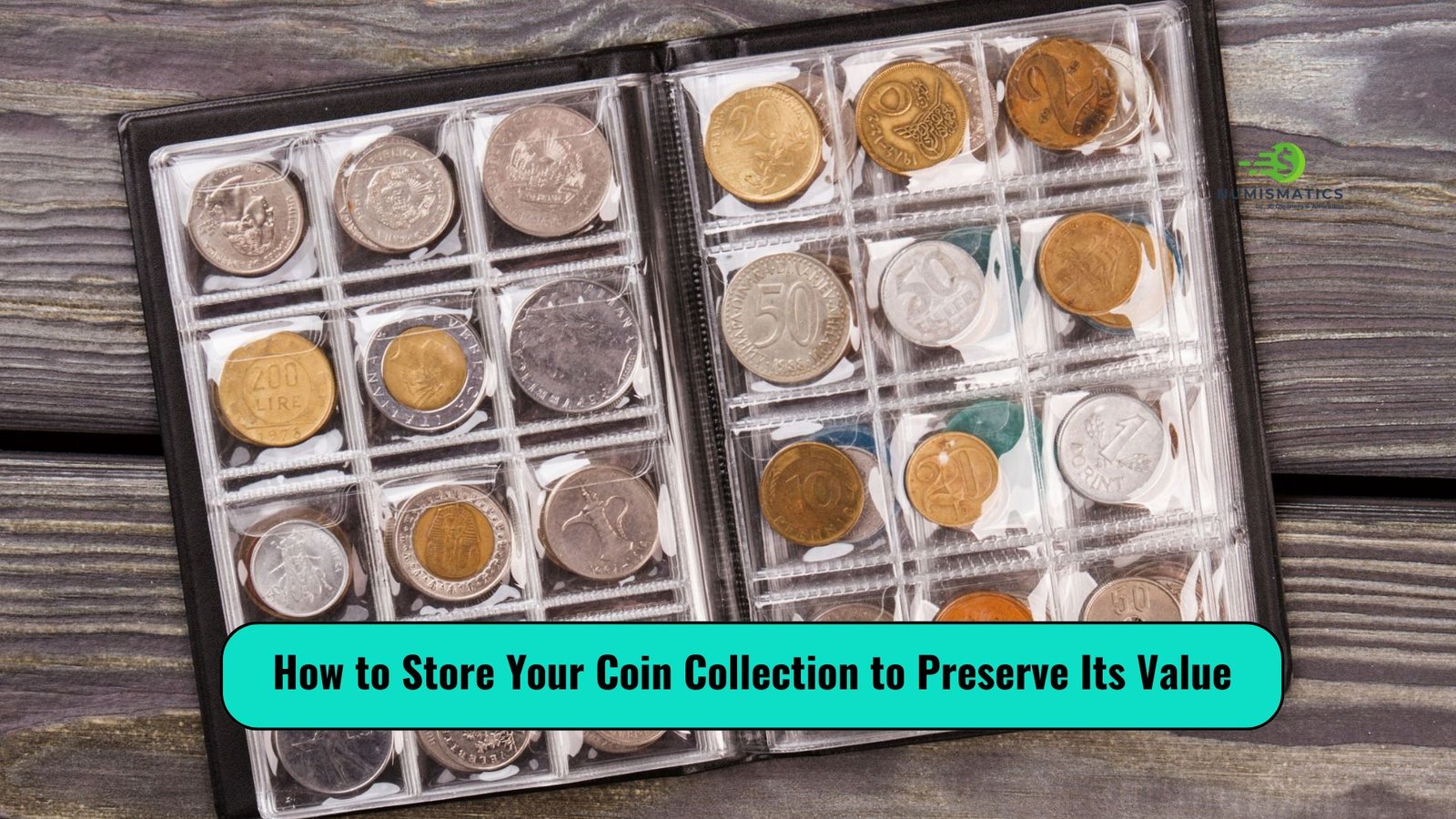As a numismatist with over 20 years of experience, I’ve seen the thrill of uncovering a rare Morgan Dollar or a pristine Liberty Head Nickel spark joy in collectors’ eyes. But I’ve also witnessed the heartbreak of enthusiasts falling prey to rare coin scams. In 2025, with the numismatic market thriving and digital platforms buzzing, scammers are more cunning than ever. Combining the professional insight of detailed guides and the practical wisdom shared in collector communities, this article will arm you with the knowledge to avoid coin scams, protect your investments, and keep your passion for coin collecting alive. Let’s dive into the most prevalent scams, how to spot them, and practical steps to stay safe.
Why Rare Coin Scams Are on the Rise in 2025
The numismatic market has seen a surge in interest, driven by economic uncertainty and the allure of tangible assets like rare coins. Online marketplaces, social media, and even cryptocurrency-inspired collectibles have broadened the audience, but they’ve also opened the door to fraud. Scammers exploit the enthusiasm of new collectors and the trust of seasoned ones. As someone who’s spent decades handling gold coins, silver dollars, and error coins, I can attest that knowledge is your best defense. Below, I’ll outline the top rare coin scams to watch for in 2025, drawing from my experience and community insights.
Common Rare Coin Scams in 2025
1. Counterfeit Coins
Counterfeiters have grown sophisticated, using advanced technology to mimic rare coins like the 1909-S VDB Lincoln Cent or 1916-D Mercury Dime. These fakes can deceive even experienced collectors if you’re not vigilant.
- How It Works: Scammers create replicas using base metals or low-grade alloys, often plating them to resemble gold or silver. They may sell these through online auctions, claiming they’re “undiscovered gems” or “estate finds.”
- Red Flags: Unrealistically low prices, vague provenance, or coins with inconsistent weight, diameter, or luster. For example, I once examined a supposed 1893-S Morgan Dollar that lacked the sharp strike and weight of a genuine piece—scales don’t lie.
- How to Avoid: Always verify coins with a reputable grading service like PCGS or NGC. Use a jeweler’s loupe to check for casting seams or blurry details. If buying online, insist on high-resolution images and compare them to authenticated examples.
2. Overgraded Coins
Overgrading is a scam where sellers inflate a coin’s condition to boost its value. A coin graded as MS-65 might actually be an AU-55, drastically reducing its worth.
- How It Works: Sellers, especially on unregulated platforms, assign inflated grades or use dubious “grading services” to certify coins. I’ve seen collectors pay thousands for a “Gem BU” coin that was barely XF-40 upon inspection.
- Red Flags: Certificates from unknown grading companies, overly enthusiastic descriptions (e.g., “Superb Gem!” for a worn coin), or sellers refusing third-party verification.
- How to Avoid: Stick to coins graded by PCGS, NGC, or ANACS. If a deal seems too good to be true, it probably is. Cross-check the coin’s grade with market values using resources like the Red Book or CoinWeek.
3. Bait-and-Switch Sales
This scam involves advertising a rare coin but delivering a common or counterfeit one.
- How It Works: A seller lists a high-value coin, like a 1921 Peace Dollar in high grade, at a tempting price. After payment, you receive a lower-grade coin or a fake. I once counseled a collector who received a polished common date Morgan Dollar instead of the promised MS-63 rarity.
- Red Flags: Sellers who avoid video calls, refuse escrow services, or pressure for quick payment. Listings with stock photos rather than actual coin images are a warning sign.
- How to Avoid: Buy from reputable dealers with a track record, such as those listed with the Professional Numismatists Guild (PNG). Use secure payment methods and request detailed photos or videos of the exact coin.
4. Fake Error Coins
Error coins, like double strikes or off-center strikes, are highly sought after, making them prime targets for scammers.
- How It Works: Scammers alter common coins to mimic errors, such as filing edges to simulate a clipped planchet. These are often sold on social media or less-regulated platforms.
- Red Flags: Errors that look artificial (e.g., uneven cuts or polished surfaces) or sellers who can’t provide authentication. I’ve seen “double-struck” coins that were clearly tampered with under magnification.
- How to Avoid: Only buy error coins certified by PCGS or NGC, as they verify authenticity. Learn the characteristics of genuine errors through resources like CONECA or numismatic forums.
5. Investment Scams
These scams promise high returns by selling overpriced rare coins as “investments.”
- How It Works: Telemarketers or online ads tout coins as “guaranteed to appreciate,” often targeting novices. I recall a client who was sold a set of “limited edition commemoratives” at 10 times their market value, only to find they were common bullion coins.
- Red Flags: High-pressure sales tactics, claims of “exclusive” coins, or sellers pushing coins without grading certification.
- How to Avoid: Research market values using Numismedia or auction results from Heritage Auctions. Never buy coins as investments without consulting a trusted numismatist.
Red Flags and Prevention Tips for Rare Coin Scams
| Scam Type | Red Flags | Prevention Tips |
|---|---|---|
| Counterfeit Coins | Low prices, vague provenance, inconsistent weight/luster | Verify with PCGS/NGC, use a loupe, compare with authenticated examples |
| Overgraded Coins | Unknown grading services, overly optimistic descriptions | Buy PCGS/NGC/ANACS-graded coins, check market values |
| Bait-and-Switch | Stock photos, no escrow, rushed payments | Buy from PNG dealers, request specific photos/videos |
| Fake Error Coins | Artificial-looking errors, no certification | Purchase certified error coins, study via CONECA |
| Investment Scams | High-pressure sales, “exclusive” claims | Research via Numismedia, consult a numismatist |
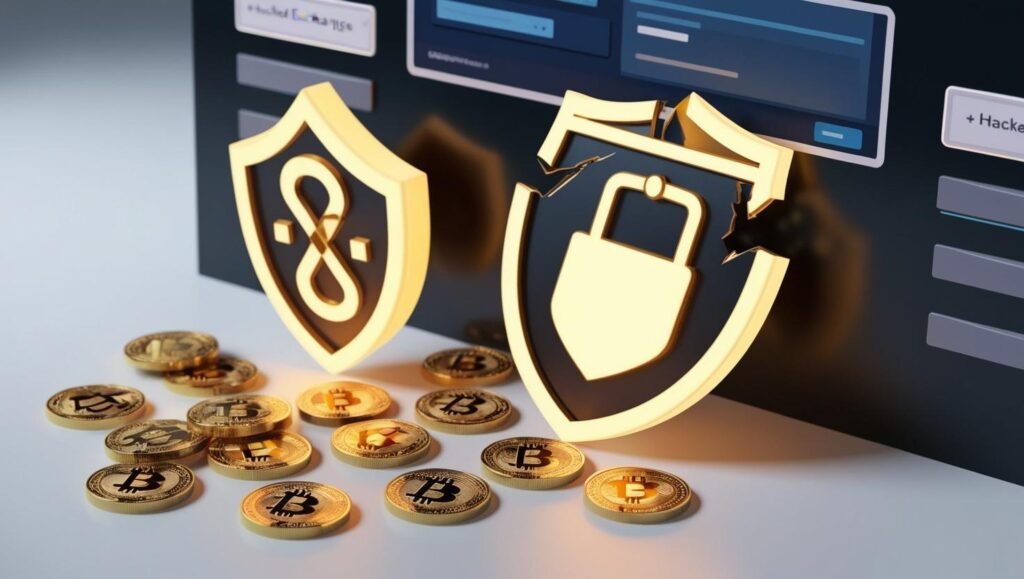
How to Protect Yourself as a Collector in 2025
Drawing from my decades in the field and the practical wisdom of collector communities, here are actionable steps to safeguard your coin collection:
- Educate Yourself: Knowledge is power. Study the Sheldon Scale, learn about mint marks, and familiarize yourself with key rarities like the 1804 Silver Dollar or 1933 Double Eagle. Resources like the ANA (American Numismatic Association) or books like the Red Book are invaluable.
- Buy from Reputable Sources: Stick to established dealers, auction houses like Stack’s Bowers, or platforms with buyer protections. Avoid deals on social media unless the seller is verified.
- Verify Grading: Always insist on coins graded by PCGS, NGC, or ANACS. If a coin is ungraded, have it certified before purchasing, especially for high-value items.
- Use Secure Transactions: Opt for escrow services or secure payment methods like PayPal’s Goods and Services. Avoid wire transfers or cryptocurrency unless dealing with a trusted seller.
- Join Communities: Engage with forums like r/coins or PCGS CoinFacts to learn from other collectors. I’ve found that community wisdom often catches scams before they spread widely.
- Trust Your Instincts: If a deal feels off—whether it’s a pushy seller or an unbelievable price—walk away. My gut has saved me from countless bad deals over the years.
The Role of Technology in 2025 Scams
In 2025, technology both aids and complicates coin collecting. AI-generated images can make fakes look convincing, and deepfake videos may be used to “authenticate” coins during virtual sales. Meanwhile, blockchain-based platforms are emerging to track coin provenance, but scammers may exploit these by creating fake digital certificates. Stay ahead by using tools like PCGS’s Cert Verification or NGC’s Verify NGC Certification to confirm authenticity. Always cross-check digital claims with physical inspection when possible.
My Personal Experience with Scams
In my early years, I nearly fell for a bait-and-switch scam at a local coin show. The seller offered a “1913 Liberty Head Nickel” at a steep discount, but the coin’s luster and weight were off. A quick check with a mentor revealed it was a high-quality fake. That experience taught me to always verify, no matter how enticing the deal. Over the years, I’ve helped collectors recover from similar scams, reinforcing the importance of due diligence.
FAQs About Rare Coin Scams
How can I tell if a coin is counterfeit?
Check for inconsistencies in weight, diameter, and luster. Use a loupe to spot casting seams or blurry details. Always verify with PCGS or NGC.
Are online marketplaces safe for buying rare coins?
They can be, but stick to platforms with buyer protections and reputable sellers. Avoid deals from unverified social media accounts.
Should I invest in rare coins in 2025?
Rare coins can be a rewarding hobby, but treat them as collectibles, not guaranteed investments. Research thoroughly and consult experts.
What grading services are trustworthy?
PCGS, NGC, and ANACS are the gold standards. Avoid lesser-known services that may inflate grades.
How do I learn more about coin grading?
Join the ANA, study the Sheldon Scale, and practice with common coins. Community forums like r/coins are also great for learning.
Conclusion
As a numismatist who’s spent two decades chasing the thrill of rare coins, I can’t stress enough the importance of vigilance in 2025. The numismatic market is a treasure trove of history and art, but it’s also a target for scammers peddling counterfeit coins, overgraded coins, and empty investment promises. By educating yourself, sticking to reputable sources like PCGS and NGC, and tapping into collector communities, you can protect your coin collection and enjoy the hobby safely. Trust your instincts, verify every purchase, and let your passion for coin collecting shine without falling into the traps of rare coin scams. Happy collecting!
